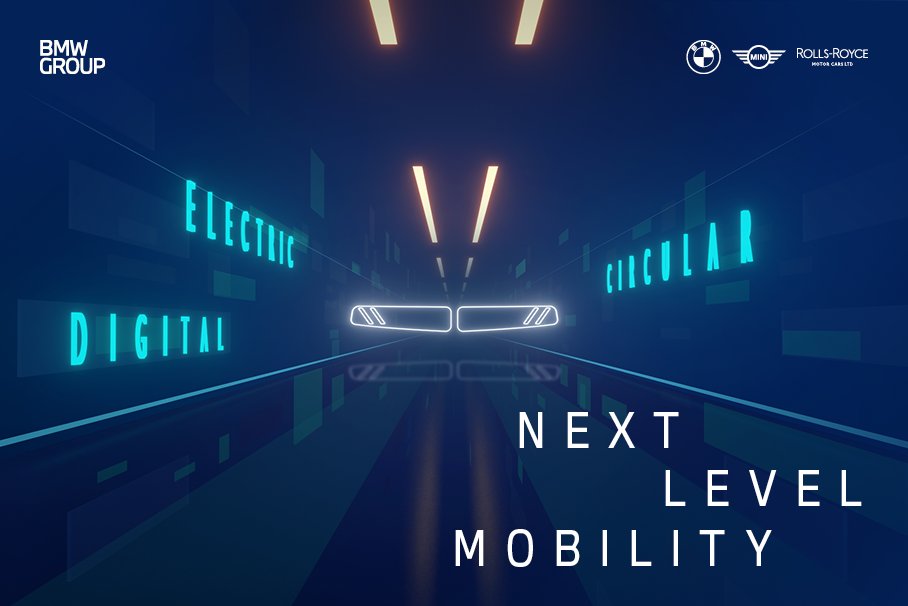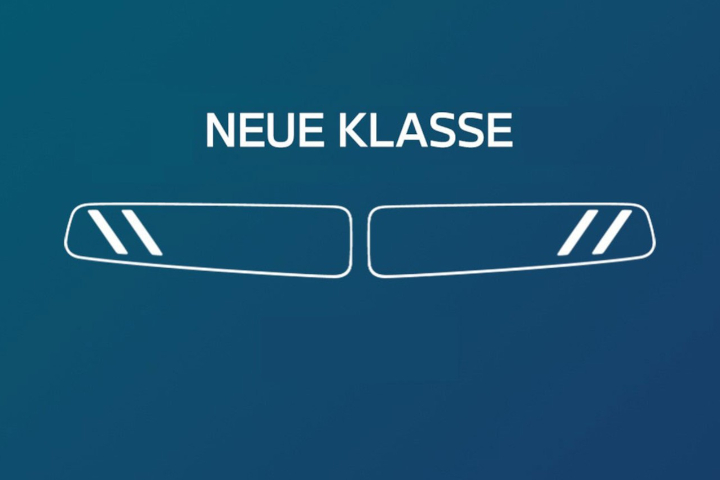CO₂ Reduction.
The BMW Group has a long tradition of minimising its impact on nature and the environment. Back in 1973, we were the first automobile manufacturer worldwide to appoint our own environmental officer. We will continue to lead the way as we steadily evolve. We are reducing our resource consumption, lowering emissions and avoiding waste, We also take environmental factors into account in our choice of locations.
The BMW Group can directly influence the CO₂ emissions of its own plants and sites. The company is targeting big reductions in this area by 2030. Having already lowered emissions per vehicle produced by more than 70 percent since 2006, the BMW Group now aims to reduce its emissions (Scope 1 + 2 - Link) by a further 80 percent from 2019 levels by 2030. CO₂ emissions will then be less than 10 percent of what they were in 2006. The main lever for this is production, which generates around 90 percent of the company’s Scope 1 and Scope 2 emissions.
Our goals.
THE BMW GROUP IS COMMITTED TO ACHIEVING THE 1.5°C TARGET.
THE BMW Group is the first German carmaker to join the “Business Ambition for 1.5°C”. This includes our commitment to achieving climate-neutrality along the value chain by 2050 latest.
It also automatically makes us a member of the UN’s Race to Zero programme.
REDUCtion of the CARBON FOOTPRINT before use.
VISION 2030.
- The BMW Group is taking a pioneering role to set concrete CO2 targets, also for its entire supply chain.
- In partnership with our suppliers, we identify effective sources of leverage for CO2 reduction.
- We combine product excellence and sustainability.
CONCRETE MEASURES.
- We have restructured our supply chain – transparently and according to high standards.
- We draw up agreements to ensure green power is used in our supply chain, for example for aluminium.
- At the sites, we promote biodiversity through ecological habitats.
- We secure locations and jobs.
WE ARE COMMITTED TO THE LOWEST POSSIBLE LEVEL OF RESOURCE CONSUMPTION IN PRODUCTION.
VISION 2030.
- We assess the best local options.
- We continuously optimise our energy efficiency.
- We drive forward the use of renewable energy sources at our sites.
CONCRETE MEASURES.
- Since July 2020, we have drawn all our external electric power from renewable energy sources.
- Since of 2021 all of our sites are net CO2 neutral via offsets.
HIGHLIGHTS IN GERMANY.
- Lorries powered by natural gas at various plants for carbon-neutral transportation.
- High-tech paint shop without intermediate drying at the Munich plant.
- Own wind farm at the Leipzig plant. Regionally sourced green electricity from hydropower in Munich and Dingolfing.
OFFSETTING CO2 EMISSIONS.
We pursue the goal of constantly reducing direct and indirect CO2 emissions from BMW Group plants and sites through effective measures. Since 2021, the BMW Group has used offset certificates on a voluntary basis to fully offset the remaining Scope 1 and 2 emissions, as well as business trips.
High quality requirements, such as additionality, permanence and added social benefits, determine the nature of our offset projects. We are working with leading providers like First Climate and atmosfair on implementation.
REDUCtion of the CARBON FOOTPRINT during use.
WE ARE REDUCING THE ACTUAL EMISSIONS GENERATED BY OUR VEHICLES DURING USE.
VISION 2030.
- The BMW Group aims to deliver up to 10 million fully electrified vehicles over the next 10 years. 50 % of vehicles sold are fully electric.
- By the end of 2021: 400 Ionity fast-charging stations in Europe
- By 2023: 13 electrified BMW vehicles on the road.
- We are increasing emission-free mileage – by means of eDrive Zones.
- Reduce consumption and increase range with Efficient Dynamics.
- We are pursuing an approach that is technologically neutral.
CONCRETE MEASURES.
- CO2 emissions have more than halved since 1995.
- By the end of 2021, the BMW Group will have five fully electrically powered serial production vehicles on the market.
- No use of rare earths and a 2/3 reduction in cobalt in the 5th generation of eDrive.
REDUCtion of the CARBON FOOTPRINT after use.
WE ARE CREATING A SUSTAINABLE CIRCULAR ECONOMY.
VISION 2030.
- We will increase the share of secondary materials by 2030.
- We return end-of-life vehicles to the raw materials cycle.
- Vehicle architecture and design are adapted to recycling processes.
- Improved recyclability and second life for batteries.
CONCRETE MEASURES.
- We use a novel process to recover more than 90% of the material from high-voltage batteries.
- We have ~3.000 collection points worldwide for the recycling of end-of-life vehicles.
OUR PRODUCTION IS RESOURCE-FRIENDLY.
CO₂-EMISSIONS PER VEHICLE PRODUCED.
0.32 t/vehicle* (tentatively)
2022
0.33 t/vehicle*
2021
0.35 t/vehicle*
2020
*Numbers from the year 2021 on include CO2 emissions of all company sites instead of production sites only. Numbers for the years 2020 & 2019 were customized for comparison purposes.
Year after year, we succeed in lowering CO₂ emissions across the company. How can we achieve this? In addition to sourcing 100-percent green power, we are systematically investing in our energy efficiency – and taking advantage of the possibilities opened up by digitalisation. We are already applying data analytics methods in production – for instance, to minimise scrapped parts in the body shop or enable predictive maintenance for machinery.
ENERGY COMSUMPTION PER VEHICLE PRODUCED.
2.13 MWh/vehicle* (tentatively)
2022
2.10 MWh/vehicle*
2021
2.12 MWh/vehicle*
2020
*Numbers from the year 2021 on include CO2 emissions of all company sites instead of production sites only. Numbers for the years 2020 & 2019 were customized for comparison purposes.
The BMW Group follows the principle of continuous improvement – especially when looking for new, innovative and sustainable possibilities for reducing energy consumption. To achieve this, we are investing in efficient technologies, optimising existing processes and transitioning our energy supply to renewable energies. In this way, we were able to reduce resource consumption per vehicle produced by an average of 56.7 percent in 2020 from 2006 levels. In this way, we were able to reduce resource consumption per vehicle produced by an average of nearly 60 percent in 2021 from 2006 levels.
PERCENTAGE OF EXTERNAL POWER FROM RENEWABLE ENERGY.
100 %
2022
100 %
2021
100 %
2020
We have already taken an important step in the field of renewable energy: All BMW Group locations worldwide by 100-percent green power from renewable energy sources delivered by suppliers. At the same time, the BMW Group will meet a growing percentage of its electricity needs through so-called Power Purchase Agreements (PPA), i.e. by sourcing power directly from defined renewable energy generation plants.

